The 19 Most Interesting Facts We Learned in 2019
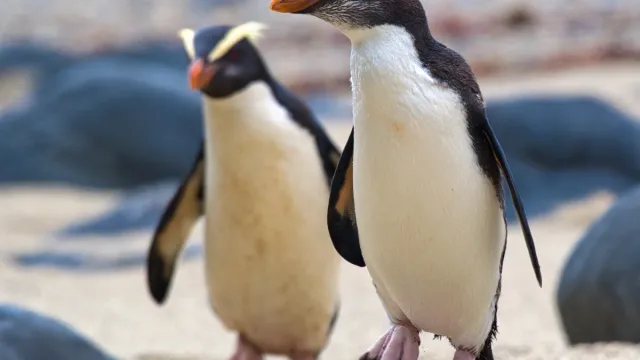
Each and every year, we make amazing discoveries that change the way we see ourselves and the world around us. As we continue to explore the boundaries of our knowledge and understanding, we turn up new tidbits of stunning trivia that blow our minds on a regular basis. From human-sized penguins to a new discovery about the “Lovers of Modena” skeletons, here are 19 interesting facts from 2019.
1
A lost continent was identified in the Mediterranean.

“Forget Atlantis. Without realizing it, vast numbers of tourists spend their holiday each year on the lost continent of Greater Adria,” researcher Douwe van Hinsbergen said in reference to a 2019 study published in the journal Gondwana Research. Located in the Mediterranean region, the piece of continental crust the size of Greenland was identified as a lost continent thanks to research coordinated by Utrecht University.
2
A human-sized penguin once lived in New Zealand.

We tend to think of penguins as waddling birds who live in rather cold places. But thanks to a 2019 study published in the April edition of the paleontology journal Alcheringa, we also learned that they used to be huge. Scientists found bones in New Zealand that prove that a human-sized penguin, now known as Crossvallia waiparensis, once lived roughly 60 million years ago. Paleontologist Gerald Mayr discussed the “monster” penguin, saying, “The fossils discovered have made our understanding of penguin evolution a whole lot clearer.”
3
Popping a bottle of champagne releases the same shock waves as a jet.

“Even if it is far safer and advised to uncork a champagne bottle with a subdued sigh to prevent serious eye injuries, uncorking a bottle with a bang has become a festive and iconic action preceding champagne tasting,” a research article published in Science Advances noted in September. Not only is it festive, but the study found that the supersonic shock waves that are released from uncorking the bottle can produce the same Mach 1 level force as a jet.
4
People who function on less sleep may have a gene mutation.

People who can get by on only a few hours of sleep may seem like superheroes to those of us who need our eight hours, and it turns out they may indeed have a particular kind of rare quality that gives them that unique ability. A 2019 study published in Neuron shows that a mutation of the β1-adrenergic receptor allows some people to function on shorter spans of sleep better than those without the mutation. University of California, San Francisco neurologist Louis Ptáček released a statement about the significance of the findings, saying, “This research is an exciting new frontier that allows us to dissect the complexity of circuits in the brain and the different types of neurons that contribute to sleep and wakefulness.”
5
Beer is good for your gut health.

People who like to keep their overall digestive system running well tend to consume things like yogurt, kimchi, and sauerkraut for their probiotic qualities. But as Eric Claassen, a professor at Amsterdam University, told The Independent in December, certain types of beer might have the same beneficial microbes found in those foods—particularly strong Belgian beers, including Hoegaarden, Westmalle Tripel, and Echt Kriekenbier. The difference in these beers is that they’re fermented twice and use a specific yeast that produces acids that kill harmful gut bacteria. “If you drink just one of these beers every day it would be very good for you,” Claassen said.
6
There’s a species of beetle named after teen climate activist Greta Thunberg.

On Oct. 25, scientists revealed that they had identified a new species of beetle with an antenna that resembles braided hair. Because of this, they named the critter Nelloptodes gretae, in honor of teen climate activist Greta Thunberg, who wears her hair in braids. Michael Darby, PhD, a scientific associate at the Natural History Museum in London who was involved in the naming process, said, “I chose this name as I am immensely impressed with the work of this young campaigner and wanted to acknowledge her outstanding contribution in raising awareness of environmental issues.”
7
Cheese can protect your body from salt.

People who are worried about the amount of salt in their diet may want to consider making their meals a little cheesier. That’s because, according to a study published in The Journal of Nutrition in August, eating “sodium in cheese may be an effective strategy to reduce cardiovascular disease.” Havarti, anyone?
8
Leonardo da Vinci’s design for the largest bridge in the world would have worked.

Engineers from MIT proved this year that Leonardo da Vinci’s 1502 design for what would have been the largest bridge at the time would indeed have worked had it been built. Karly Bast, who was involved in reconstructing the bridge—originally intended to connect Istanbul with the neighboring city of Galata—via a 3D model, said “it’s the power of geometry” that makes it work. “This is a strong concept. It was well thought out.”
9
Human bodies can move for more than a year after death.
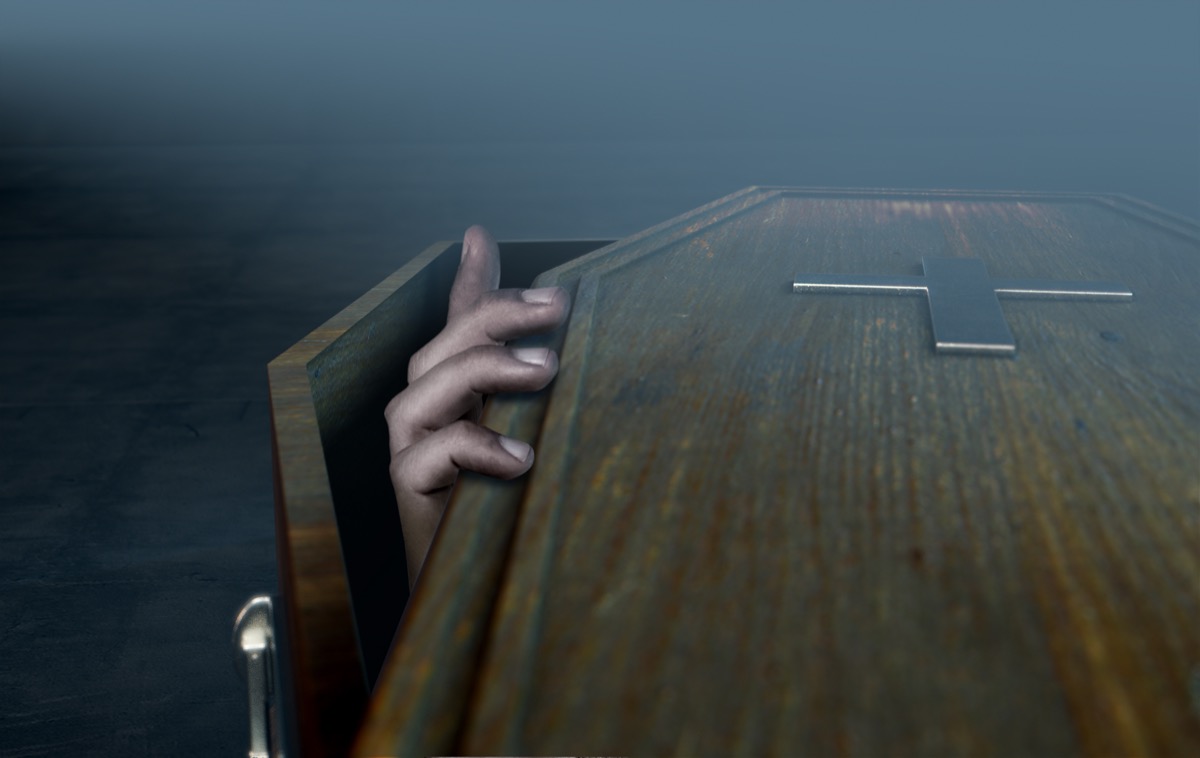
Human bodies are capable of some pretty amazing things and that now includes the fact that corpses can move for more than a year after death, according to research findings from September. Alyson Wilson from the Australian Facility for Taphonomic Experimental Research (AFTER) explained, “What we found was that the arms [of corpses] were significantly moving, so that arms that started off down beside the body ended up out to the side of the body.” Wilson and team said they believe the movement is caused by the body’s ligaments drying out, shrinking, and contracting.
10
The “Lovers of Modena” were men.
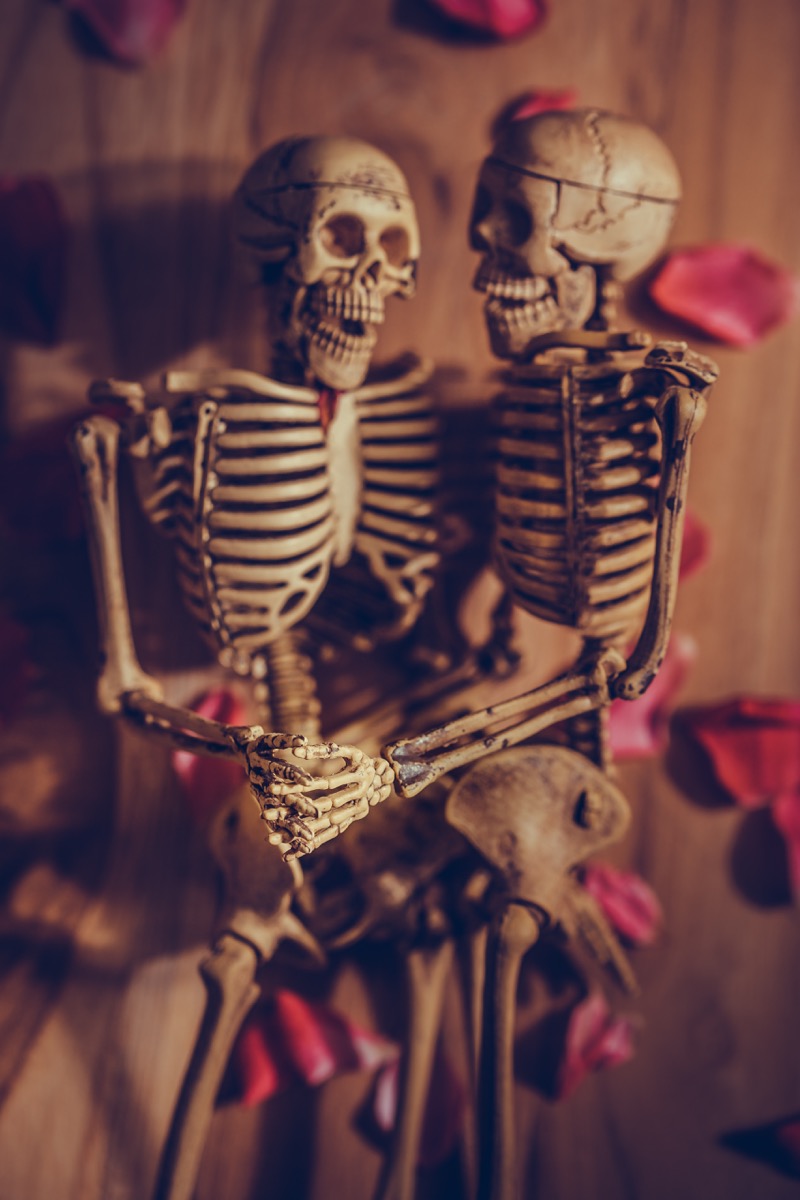
Back in 2009, archaeologists who were excavating the Italian city of Modena found a pair of skeletons that had been buried side-by-side and shared a grave for 700 years. In September, analysis revealed that the two figures, who had been deemed the “Lovers of Modena,” were both male. One of the study’s researchers, Federico Lugli, explained the breakthrough discovery in a statement (via IFL Science), saying, “At present, no other burials of this type are known. In the past, several graves were found with pairs of individuals laid hand in hand, but in all cases, it was a man and a woman. What was the link between the two individuals of the Modena burial, instead, remains a mystery at the moment.”
11
Plants panic and protect themselves when it rains.

Humans tend to freak out when they find themselves caught in the rain—at least, if they’re unprepared—and, frankly, so do plants. Findings submitted to the National Academy of Sciences in July revealed that stimuli caused by external factors such as weather, animals, and even humans can spark “short-term molecular changes and long-term developmental effects” in plants. According to Harvey Millar, a professor at The University of Western Australia’s School of Molecular Sciences, when this reaction occurs, “thousands of genes spring into action preparing the plant’s defenses. These warning signals travel from leaf to leaf and induce a range of protective effects.”
12
A newly discovered organ helps us detect pain.

In August, Science shared data that details the discovery of a new human organ. Researchers “discovered a previously unknown meshlike organ covering the skin that senses dangerous environmental stimuli,” the study reported. While it doesn’t have a specific name, the organ is made up of “specialized glial cells.” Patrik Ernfors, a professor at Sweden’s Karolinska Institute, explained, “Our study shows that sensitivity to pain does not occur only in the skin’s nerve fibres, but also in this recently-discovered pain-sensitive organ.”
13
Komodo dragons have a “suit of armor” beneath their scales.
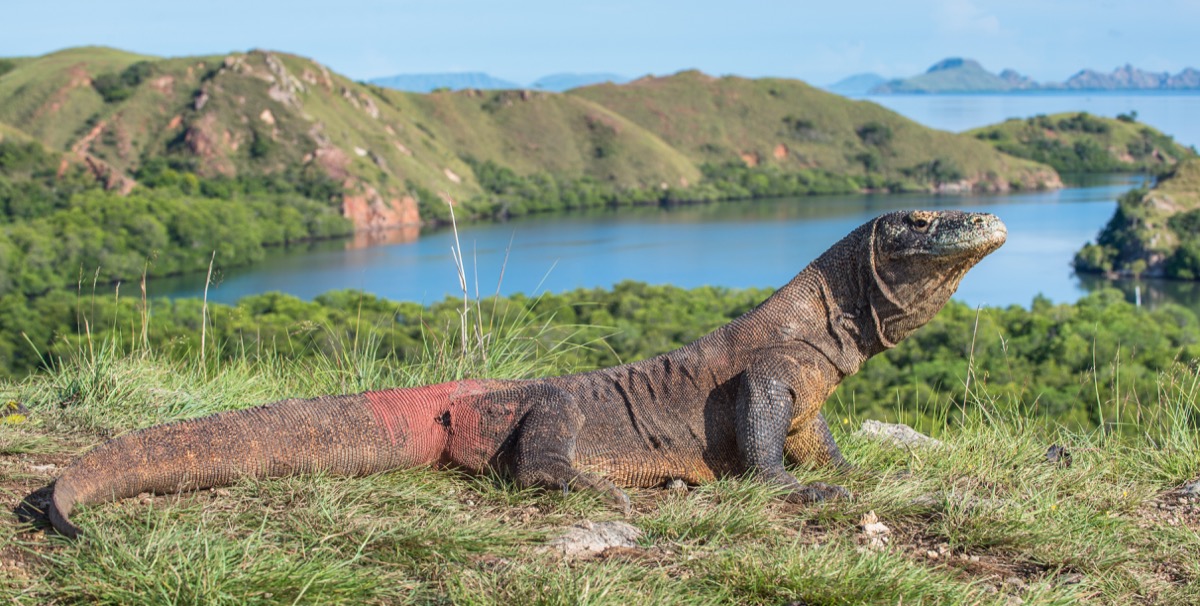
It’s no secret that Komodo dragons are fierce animals that can hold their own in vicious battles with other creatures of such ferocity. But this year, researchers from The University of Texas at Austin performed scans on the prehistoric lizards, revealing that they “wear a suit of armor made of tiny bones” beneath their scales. “These bones cover the dragons from head to tail, creating a ‘chain mail’ that protects the giant predators,” according to the study published in the September 2019 edition of The Anatomical Record.
14
Diamonds can grow inside of other diamonds.

Diamonds are stunning on their own, but this year, miners in the Russian republic of Yakutia made an incredible discovery—a diamond with another diamond moving freely inside it, which was the first discovery of its kind in the history of global diamond mining. “The most interesting thing for us was to find out how the air space between the inner and outer diamonds was formed,” said Oleg Kovalchuk, deputy director for innovations at ALROSA’s Research and Development Geological Enterprise. “This is really a unique creation of nature, especially since nature does not like emptiness. Usually, some minerals are replaced by others without cavity formation.”
15
Dolphins are very right-handed.
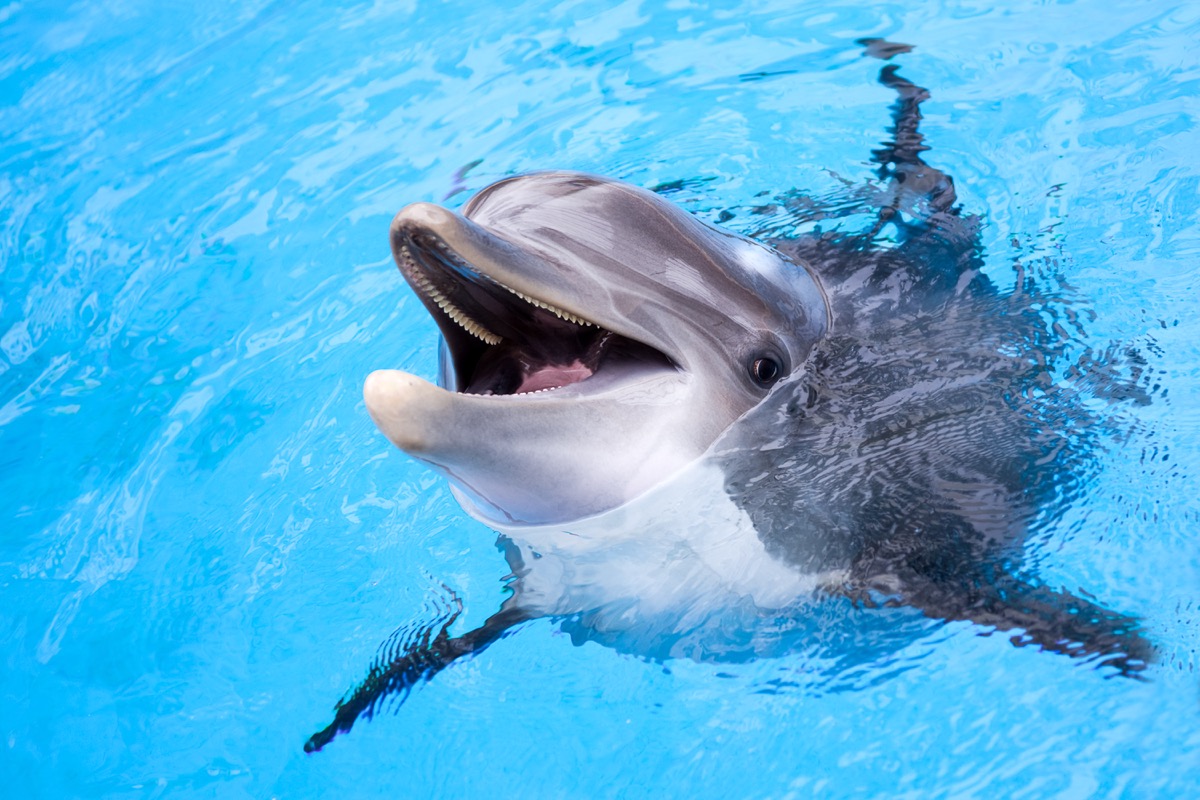
Most humans are right-handed and apparently, so are dolphins. Research published in the Royal Society Open Science journal in November showed that dolphins tend to favor their right sides, or “exhibit a strong right-side bias,” when foraging for food.
16
Kids shouldn’t shake their heads to get water out of their ears after swimming.

Swimming can be a fun part of a healthy lifestyle for kids, but they need to be safe in more ways than just knowing how to handle themselves near the deep end. For instance, researchers at Cornell University and Virginia Tech found that children who shake their heads to get water out of their ears may be causing brain damage. While that sounds dire, researcher Anuj Baskota also offered a solution for the problem, saying, “Presumably, putting a few drops of a liquid with lower surface tension than water, like alcohol or vinegar, in the ear would reduce the surface tension force allowing the water to flow out.”
17
Ancient artists used rocks that had been magnetized by lightning.

Around 2,000 years ago in what we now know as Guatemala, creative people weren’t just making remarkable art, but also using stunning—or rather, electrified—materials for their craft. In June, the Journal of Archaeological Science published findings explaining that ancient artists were creating sculptures using basalt rocks that “were originally magnetized by lightning strikes.” “There’s some chance it could happen randomly, but as we find more and more sculptures that are aligned like this, the smaller that likelihood is,” said Roger Fu, assistant professor of Earth and Planetary Sciences at Harvard University. In fact, they “found a less than 1 percent chance that this wasn’t intentional.”
18
Giraffes with dark spots are more dominant than giraffes with light spots.
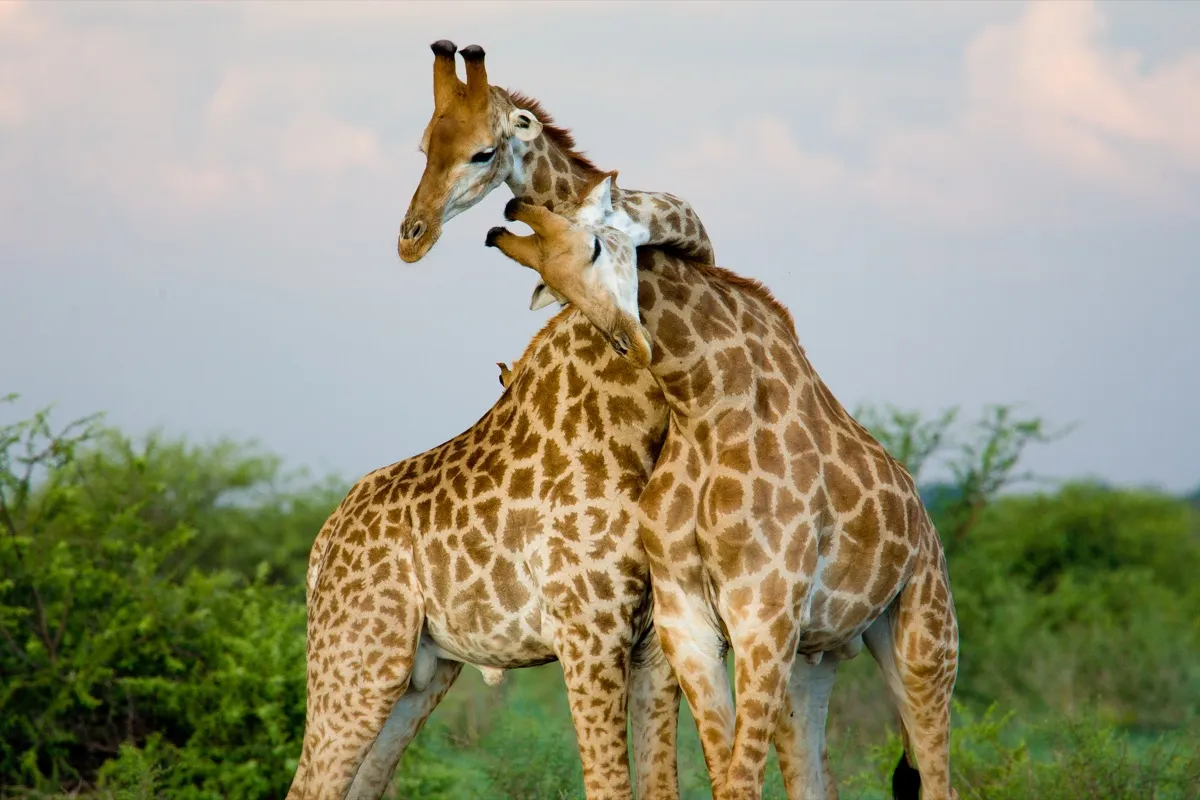
A giraffe’s spots may look like a natural splash of style, but they can also be a way for the animals to signal their social nature. According to a study published in Science Direct in November, giraffes with darker spots are more dominant than those with lighter spots. They also tend to live a more solitary existence as opposed to their paler “gregarious” counterparts.
19
Grapes catch fire in the microwave.

If for some reason you have a craving for hot grapes, think twice before you give them a zap in the microwave. The PNAS journal explained in March that the water beads in the grape create plasma, which results in a mini fireworks show.